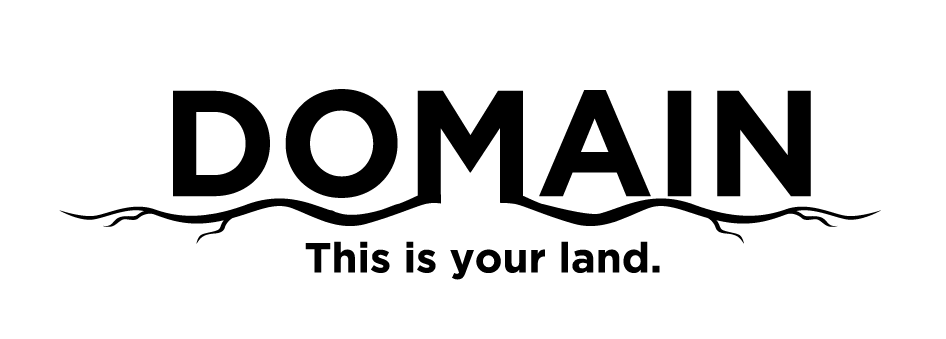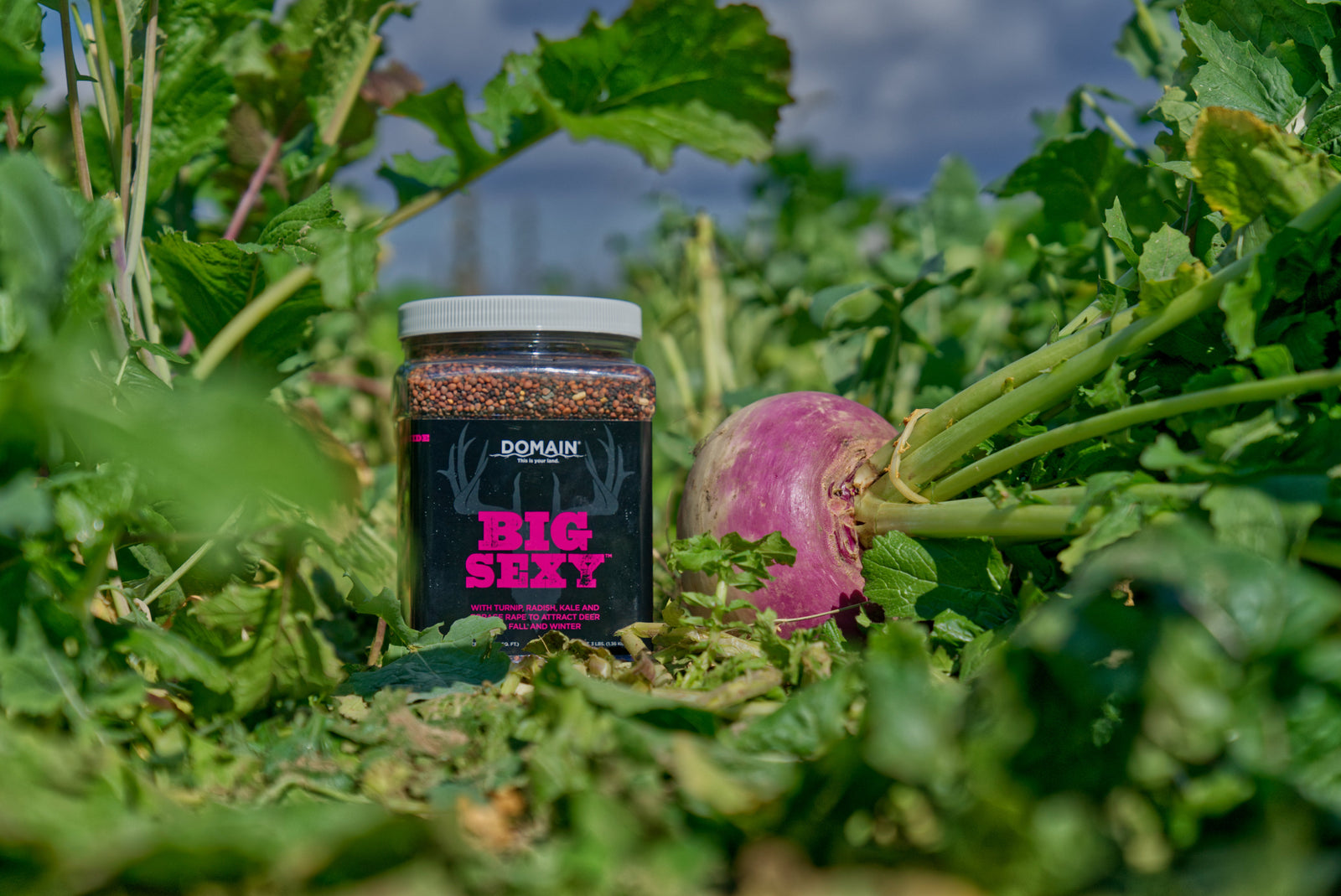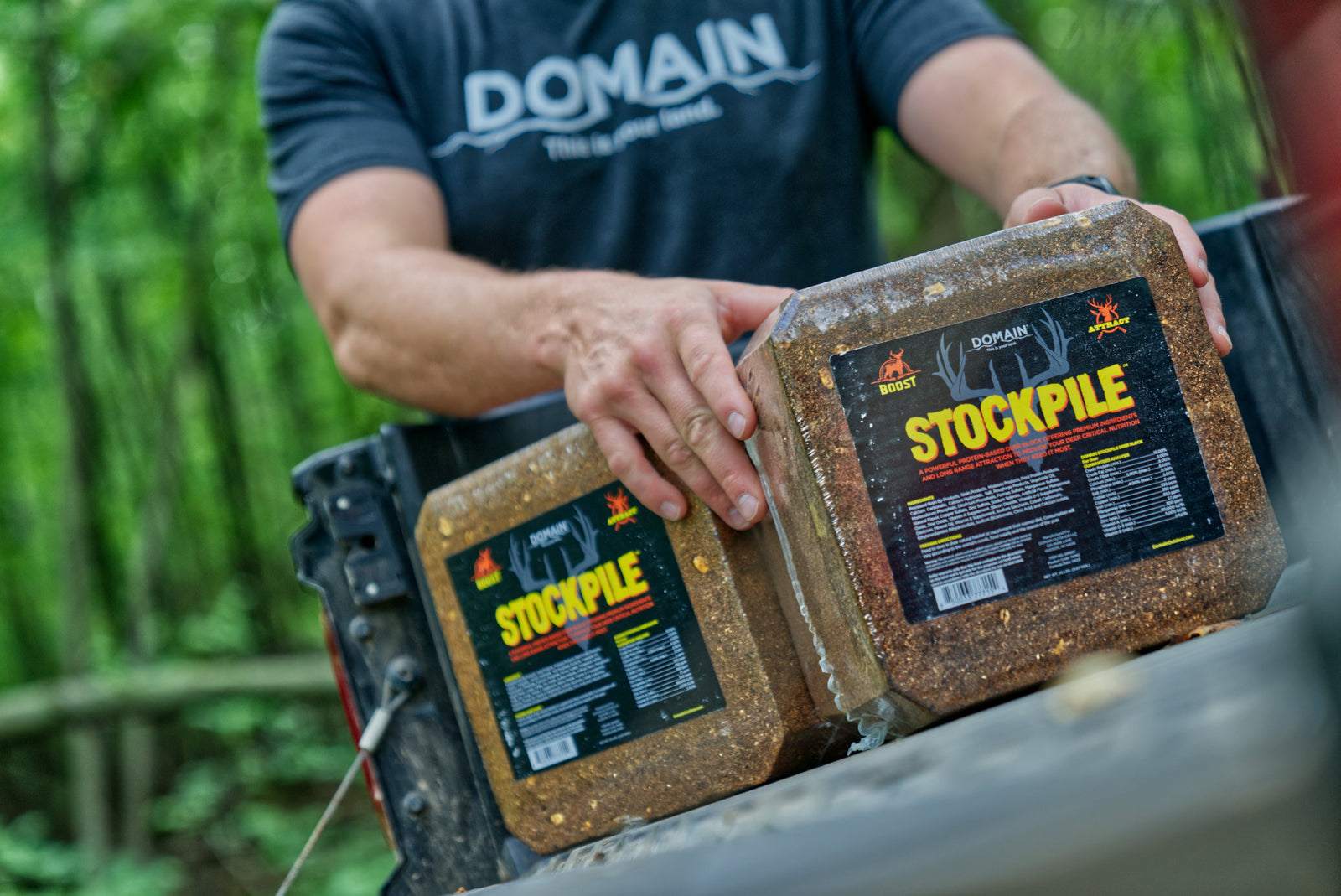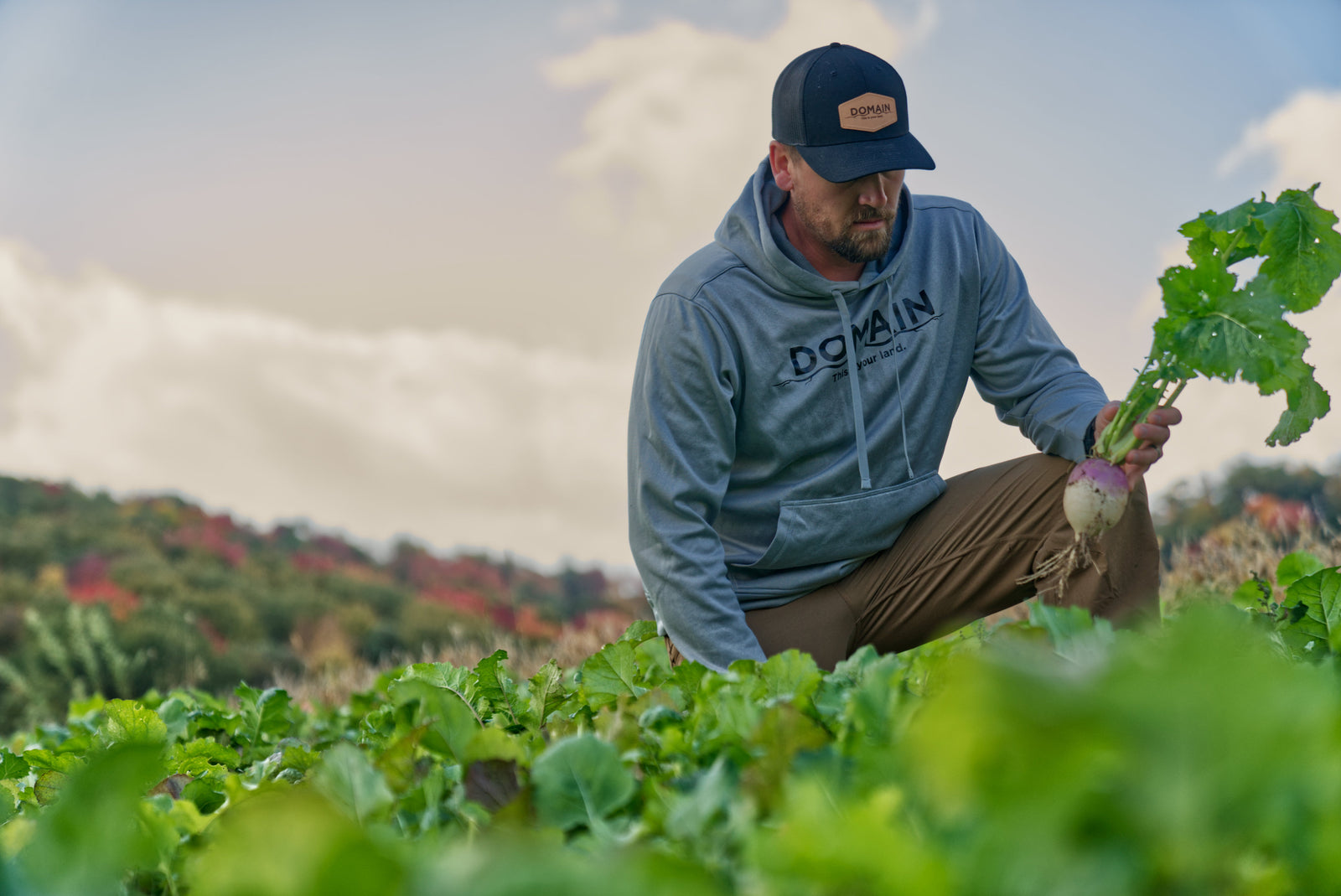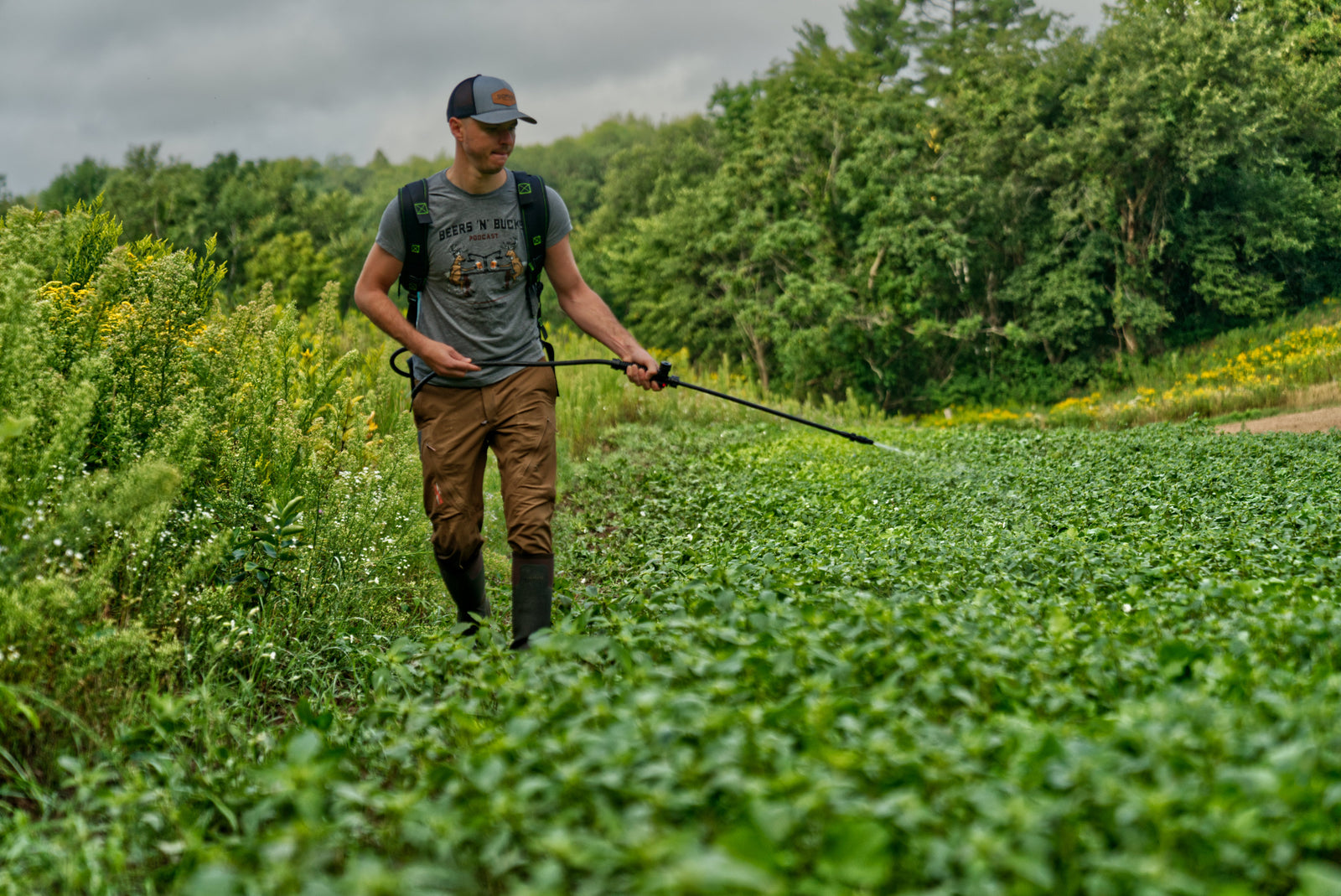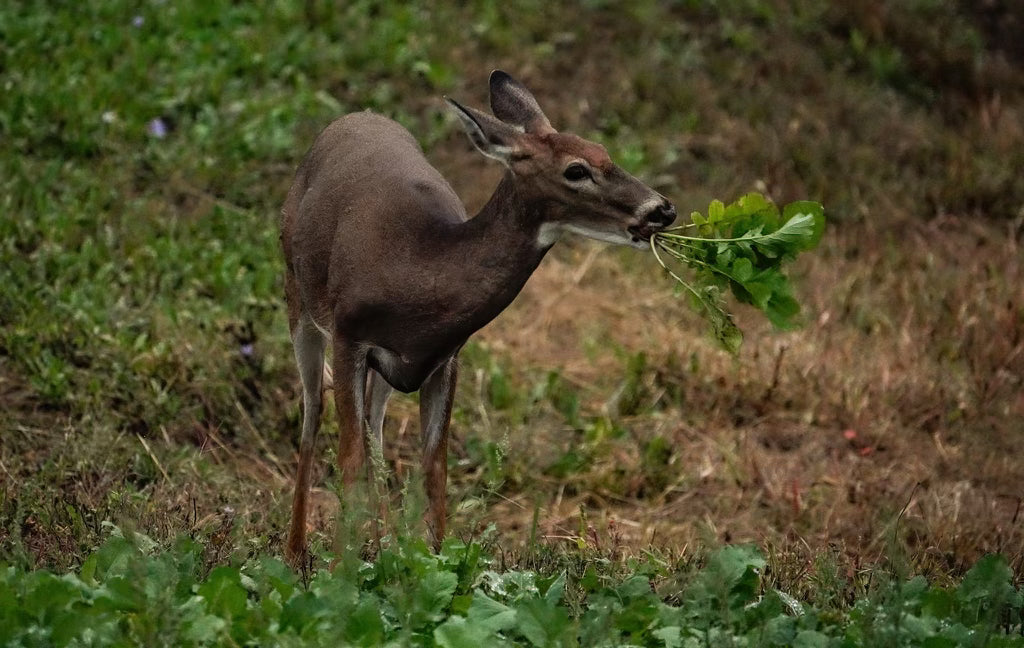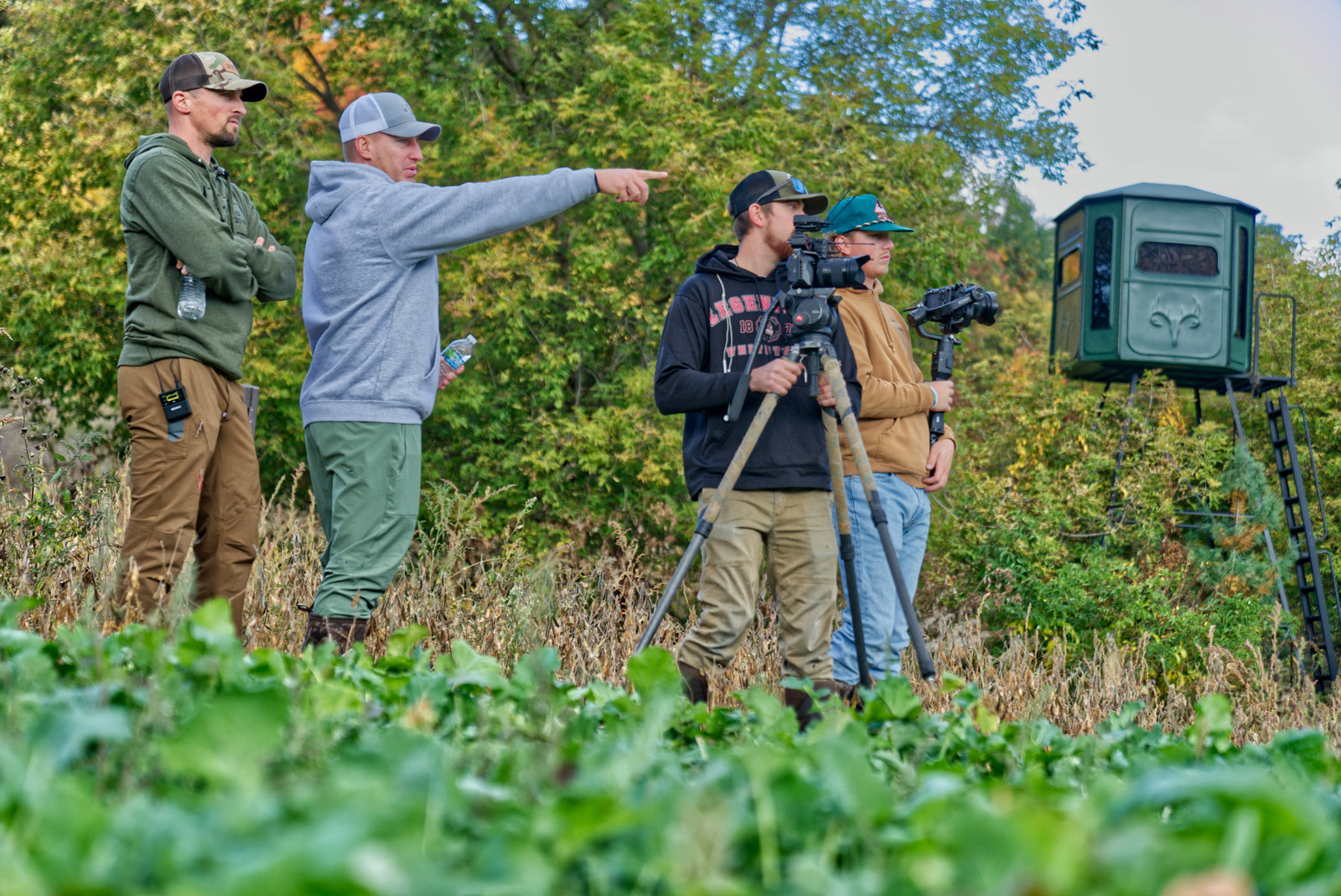When it comes to managing a successful whitetail property, few things matter more than variety in your fall food plots. A one-size-fits-all approach won’t cut it—especially when deer behavior and nutritional needs change dramatically from early bow season through the rut and into the harshness of winter.
Creating a fall buffet that spans the hunting season is all about timing, forage variety, and plant maturity. Let’s break down why having a mix of species—and staggering your planting dates—is key to consistent attraction, successful hunts, and long-term herd health.
WHY VARIETY MATTERS
Deer aren’t picky, but they are opportunistic. They seek the most palatable and nutrient-rich plants available at any given time. That means your food plot strategy should deliver fresh, attractive forage across the entire season—not just during opening weekend.
Here’s what diversity does for you:
-
Extends attraction from early season to late season
-
Provides nutritional variety (carbs, protein, minerals, etc.)
-
Helps maintain soil health with crop rotation
-
Minimizes risk of crop failure due to drought, pest, or overbrowsing
-
Gives deer a reason to stay on your property year-round
STAGGERED PLANTING: TIMING IS EVERYTHING
Different plants mature at different rates and hit peak palatability at different times. By staggering your planting dates and layering plant species with varied maturation timelines, you can build a fall feeding program that adapts as the season progresses.
For example:
-
Brassicas (like turnips and radishes) are not as attractive in early fall but become candy-like after the first frost.
-
Cereal grains (like oats and wheat) are most palatable during their young, green growth stage—great for early and mid-season.
-
Clover and chicory stay attractive throughout the season and are reliable in cooler temperatures.
-
Winter peas and soybeans bring protein and attraction early but may fade by late season.
SEASONAL FORAGE TIMELINE: EARLY, RUT, AND LATE SEASON
🏹 EARLY SEASON (September – early October)
-
Deer are seeking high-protein greens, recovering from the summer and shifting to fall patterns.
-
Best Forages:
-
Winter peas (in mixes like Green Machine™)
-
Grains (from 3 Way Grainz, Forage Oats or Forage Factory)
-
Young brassicas (from Big Sexy™)
-
Clover and chicory (from Hot Chic™)
-
💥 THE RUT (Late October – Mid November)
-
Bucks are burning calories like crazy. Carbohydrates and energy-rich forage become crucial.
-
Best Forages:
-
Brassicas (Big Sexy™, Hall Pass™, Smack Down™, Show Stopper™, or Wingman™)
-
Sugar beets (from Beet Down™)
-
Alfalfa, chicory, and late-stage clovers (in Hot Chic™ or Clutch Clover™)
-
❄️ LATE SEASON / WINTER (Late November – January)
-
Cold temps and snow push deer to seek out high-carb roots and grains that stand tall through frost.
-
Best Forages:
-
Bulbs and brassicas (leftover from Big Sexy™ and Bombshell™)
-
Standing grains (from 3-Way Grainz™)
-
Frost-hardy radishes (in Big Sexy™, Hall Pass™ or Illicit™)
-
REGIONAL PLANTING TIMELINES (BASED ON DOMAIN OUTDOOR BLENDS)
🌾 NORTHERN U.S. (Zones 3–5)
-
Ideal Planting Window: July 15 – August 30
-
Plant early enough for brassicas and grains to establish before first frost.
-
Focus on Big Sexy™, Comeback Kid™, and Green Machine™.
🌽 CENTRAL U.S. (Zones 5–7)
-
Ideal Planting Window: August 1 – September 1
-
Great region to blend Comeback Kid™ with Sugar Momma™ for staggered performance.
-
Extend hunting season forage with 3-Way Grainz™ and Hot Chic™.
🌱 SOUTHERN U.S. (Zones 7–10)
-
Ideal Planting Window: September 1 – October 1
-
Use heat-tolerant, fast-growing blends like Green Machine™ early, and chase the season with Bombshell™ or 3-Way Grainz™.
-
Southern hunters can even overseed with cool-season clovers after early-season crops fade.
TIPS FOR MAXIMIZING YOUR FALL FOOD PLOT STRATEGY
✅ Blend Perennials with Annuals: Plant Hot Chic™ or Comeback Kid™ in spring for multi-year growth, then overseed with fall annuals.
✅ Use Liquid Fertilizer Wisely: Apply Freight Train™ or Crank’d™ to boost early growth and palatability.
✅ Rotate and Replenish: Use soil conditioners like Dirty Deeds™ post-season to maintain long-term plot success.
✅ Trail Cameras = Truth: Use cameras to watch what deer are hitting and when. Adjust next year’s timing accordingly.
FINAL THOUGHTS
Building a fall food plot program is more than just tossing seed in the dirt. It’s about understanding your deer, your land, and your timeline. By planting a variety of forages and planning for staggered attraction, you’ll keep deer fed—and on your property—through the early season, the rut, and those bitter winter days when it matters most.
It’s not just planting seed… it’s cultivating success.
SHOP DOMAIN OUTDOOR FOOD PLOTS:
🔗 View All Seed Blends
